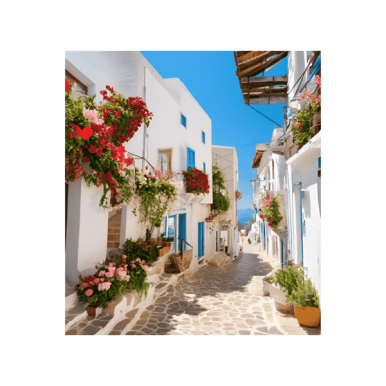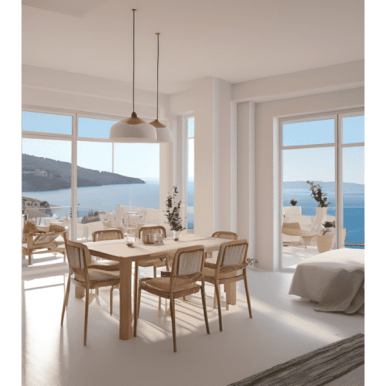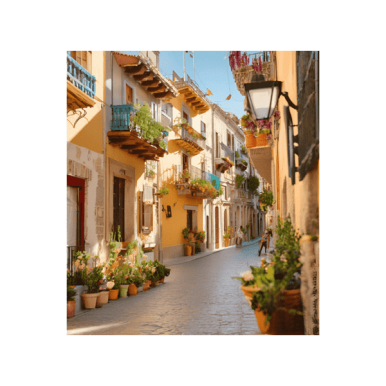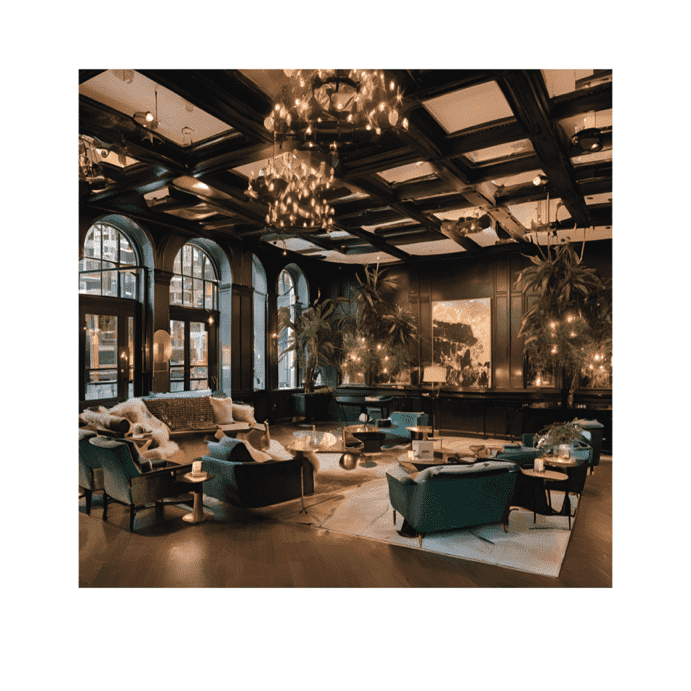Private Members’ Clubs Elevate Real Estate Values
Explore how private members’ clubs are transforming real estate and significantly increasing property prices for affluent residents, per Knight Frank.
Private members’ clubs are not merely exclusive enclaves for the elite; they are, as recent findings from Knight Frank elucidate, catalysts of transformation within the realms of real estate and hospitality. The proximity of such clubs can significantly enhance property values, a phenomenon that has garnered considerable attention in the latest report from the esteemed consultancy.
In a striking revelation, Knight Frank's research indicates that the proliferation of private members’ clubs over the past four years has outpaced the cumulative growth seen in the preceding three decades since 1985. Iconic establishments such as Annabel’s and Home House in London now share the stage with a new wave of ‘clubstaurants’ in Manhattan, exemplified by Casa Cipriani, as these clubs evolve into multifaceted social hubs rather than mere exclusive retreats.
The burgeoning influence of this sector is reshaping the real estate landscape, impacting everything from commercial office spaces to residential properties, as highlighted in the Guide to Private Members’ Clubs. The report meticulously examines the correlation between the presence of these clubs and the valuation of adjacent properties, concluding that the impact is indeed ‘significant.’
Forecasts from research consultancy Mordor Intelligence project that this sector will experience an annual growth rate of 11 percent, culminating in a staggering valuation of $25.8 billion by 2027. Towering figures such as Robin Birley and Richard Caring dominate the London private members’ club scene, yet it is the local establishments that are indelibly imprinting their character upon their respective neighborhoods.
The diversity of clubs emerging in recent years is noteworthy, with two prominent trends emerging: the ultra-luxurious clubs, exemplified by Aman Club in New York City, and the hyper-local, intimate venues like The Dally in Islington, London. These local clubs are increasingly recognized as pivotal influencers on residential property values, particularly in regions such as the Cotswolds. This picturesque county is home to some of the world’s most exclusive neighborhood clubs, including Estelle Manor, The Club by Bamford, and Soho Farmhouse, making it a veritable magnet for high-net-worth individuals.
Knight Frank’s data reveals a compelling narrative: as of August 2024, the demand for properties located within a mere 15-minute drive of prestigious members’ clubs was double the average for the area, with an astonishing 2.3 buyers vying for every single buyer in neighboring locales. The correlation is clear—proximity to these clubs undeniably adds value, with estimates suggesting an enhancement of property prices ranging from 10% to an astonishing 30% or more.
Looking ahead, the emergence of family-oriented clubs that seamlessly blend private club amenities with wellness spaces and children’s clubs is poised to further shape the industry. Knight Frank posits that these family-centric establishments have the potential to elevate desirability in housing markets while attracting a diverse membership base. Successful venues like Chiltern Firehouse are already challenging traditional club paradigms and redefining the hospitality landscape.
As this trend continues to proliferate, the real estate market is likely to feel the reverberations, as noted by Knight Frank Private Office partners Alasdair Pritchard and Hugh Dixon. Property owners situated in proximity to these clubs stand to reap the benefits of the prestige and demand they engender, solidifying the notion that in today’s market, location is not just a matter of geography—it’s a matter of social capital.
RELATED CONTENTS
Greece: Europe’s Fourth Cheapest Real Estate Market
Explore why Greece stands out as one of Europe’s most economical real estate markets, attracting savvy...
Surge in Scottish Home Sales: UK Real Estate Update
Scottish home sales and enquiries surged in October, with a third of surveyors reporting the fastest growth...
Spain: A Leading Market in European Real Estate
Explore how Spain is becoming one of Europe's most promising real estate markets, excelling in retail,...
Greece Real Estate Market: Rise of Serviced Apartments
Explore the growing demand for serviced apartments in central Athens, where integrated hospitality services...
Home Prices Hit by Climate Change, J.P. Morgan Warns
J.P. Morgan analysts reveal a negative link between climate risk and home price appreciation. Explore the...
Renting in Spain: Prices Finally Decline
The cost of renting in Spain trends downwards, averaging €13/m². Discover insights on this shift after...
Canada Real Estate Market: Rents Drop for First Time in over 3 years
For the first time in over three years, average asking rents in Canada fell 1.2% in October, reaching...
Fewer Than 2% of Dutch Homes Sold to International Buyers
Analyze the decline in international purchases of Dutch houses, revealing key factors influencing this...
Donald Trump’s Victory May Boost London Property Demand
Knight Frank analyzes how Donald Trump’s election win could increase demand for prime London properties....

